If you are into gardening, you have probably heard about lasagna gardening. It is a kind of layered compost method to make really healthy garden soil. Also called sheet composting or layer gardening, it is a great practical no-dig way to prepare a great garden bed. Whether you want to convert part of a lawn into a vegetable patch or your garden soil is poor or contaminated, you can create a nutrient-rich garden using this method. The guidelines are similar to other no-dig methods. You can also use lasagna gardening to fill a raised bed with a healthy growing medium for edibles. Here is all you need to know about lasagna gardening.
1. Prepare the site
Lasagna gardening is a slow compost process with no-tilling. You can start your lasagna gardening any time of the year. If you are converting a part of your lawn into a vegetable patch, you will need to make sure that the vegetation underneath the site is short. Otherwise, start by mowing it short and remove persistent weeds like blackberries, crabgrass, or morning glory.
2. Build the frame
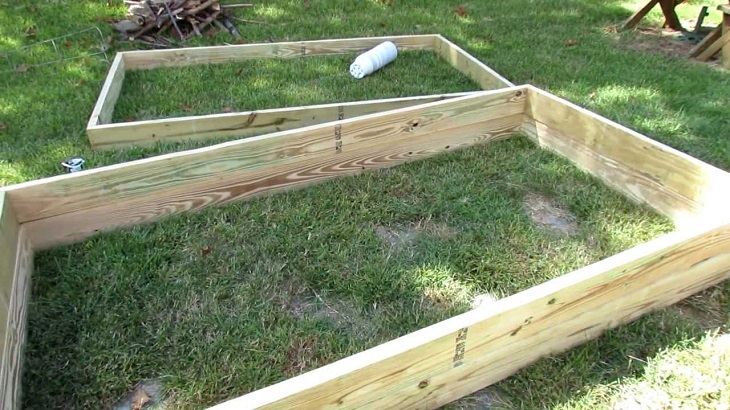
via www.youtube.com
Lasagna gardening is a simple and cheap way to fill a raised bed with a healthy growing medium for edibles. But if you don’t already have raised beds, start by building one! There are many simple and inexpensive ways to build raised beds. They can even be created from re-purposed or recycled parts such as pallets, concrete blocks, or even old tires. Raised garden beds also act as a great barrier for garden pests and insects.
3. Start with the base layer
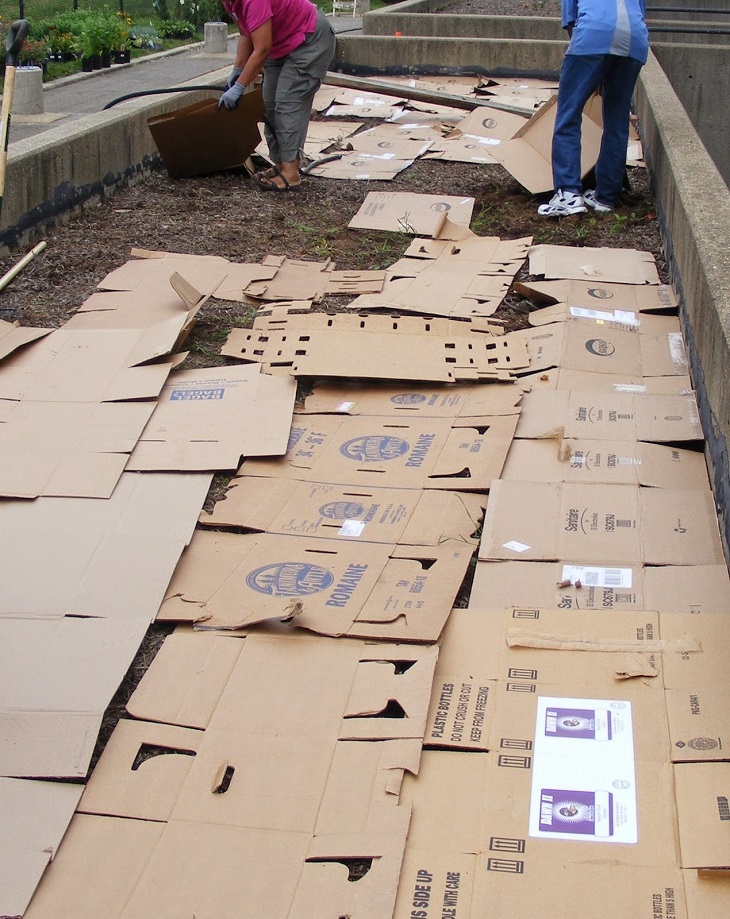
To start with your lasagna gardening, begin with the base layer of cardboard on the bottom of the bed. Lay down 4-6 layers of overlapping newspaper or cardboard. This will be a light-blocking layer that will kill weeds and then compost them into rich soil. It will break down very slowly, smothering weeds and soaking up moisture.
4. Add a layer of high nitrogen material
On top of the cardboard or newspaper layer comes the next layer, a nitrogen-rich material. This will be your green layer. It can be chicken manure or other nitrogen-rich materials such as soybean meal, grass clippings, food scraps, used coffee grounds. The best probably is a mixture of all. You can even use weeds or yard waste as long as there are no seed heads. Add an eight-inch layer of it, and then water your bed.
5. Add a layer of high carbon material
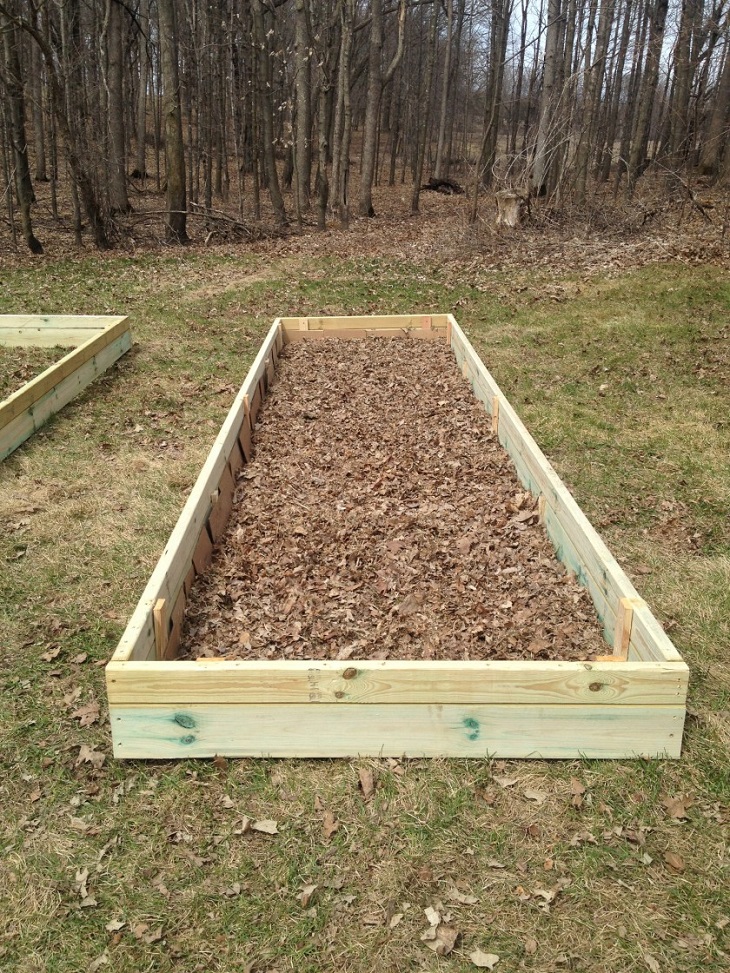
via www.brittric.com
The next step is to add a layer of some high carbon material. This will be your brown layer. It can include things like pine needles, fallen dried leaves, or straw. You can also chop up some twigs, small branches, or hedge trimmings into one-inch pieces and layer them four inches thick over the green layer. This will provide good drainage for the bed.
6. Keep on layering
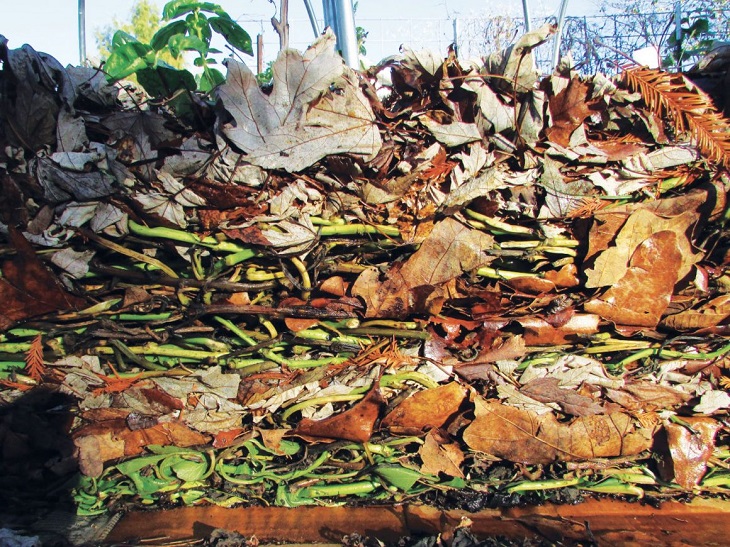
Keep piling it on in alternating layers until your bed reaches 18 inches to 3 feet. Then start all over again, layering brown materials, compost, and greens, until your bed is full. You don’t have to do this all at once; you can build your lasagna garden as you go. All the organic material you add will eventually rot and provide a great home for your plants. The important part is to end with a brown – carbon-rich – layer to ensure that the moisture is kept in and the flies are kept out.
7. Add water as you go

via cosmosandcleome.wordpress.com
Don’t forget to add water to every layer of your lasagna garden as you go and soak it well. Some materials can speed up the process, but the important thing is the order they are layered. As a major rule, try to follow the pattern of brown or drier material alternating with green, living material. You only have to build up your layers and then let the earthworms and microbes do the rest of the work.
8. How long you have to wait
This method of gardening is super easy, with the only disadvantage of being slow. Expect your bed to take between 3 to 6 months – sometimes as long as a year – to be fully composted. Plan accordingly! If you are making a bed in early spring, it will be perfect for fall planting. Some prefer to start lasagna gardening in Autumn due to the abundance of fallen leaves. No matter when you start, your lasagna garden will look like a normal garden within a few months.
9. If you don’t have the material
You can make your lasagna garden as you go and as you have sufficient material. However, if you have a hard time finding the materials you need for your lasagna garden, you can get them from the store. Pop into your favorite local coffee shop, pick up used coffee grounds, go to a fresh market, and ask for their green waste. Get creative!
10. When can you first plant

If you want to plant right away, it is also possible! You simply have to put 3 inches of compost right on top of the last brown layer, and you can plant right away. Remember, the soil with settle quickly to a lower level by the time you’ve harvested the last of your vegetables in fall. It’s not a problem. You can begin the process over again, omitting only the cardboard base.

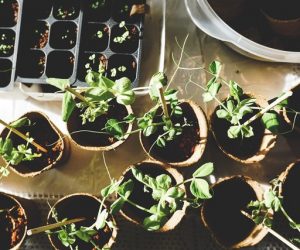
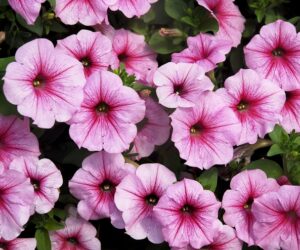
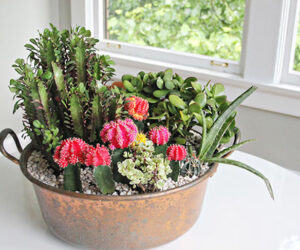
please leave the toxic card board out of your gardens,no one seems to understand the chemicals used in paper/cardboard making.The same with newspaper
Yeah, OK…so what are you supposed to use then?